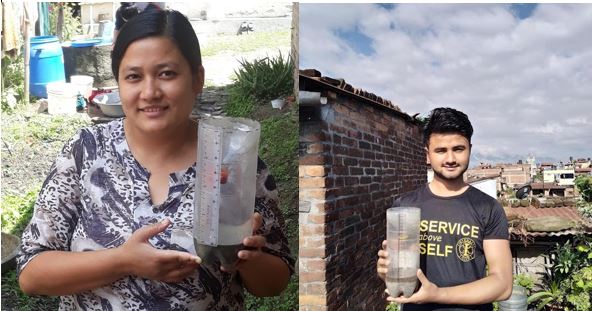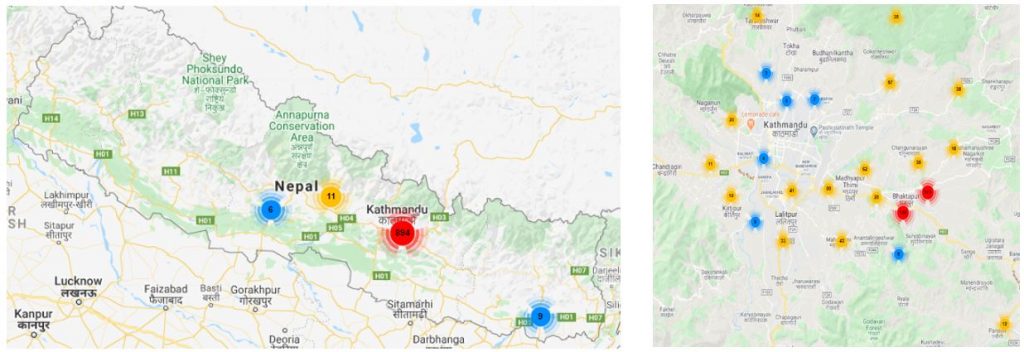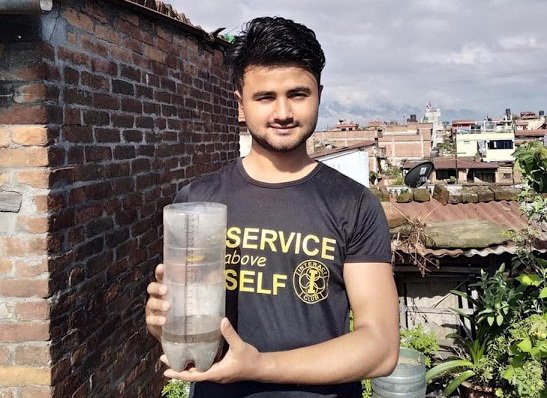Citizen Scientists in Action Amidst COVID-19
The current COVID-19 pandemic and global shutdown have brought massive distress to the world in various ways. In our present situation, many people are unable to go to work, (or worse) have lost their jobs, children can’t go to school, and people are no longer allowed to freely socialize. On a global level, economy has drastically shrunk; on a personal level, some people are suffering mental breakdowns, and more. Everything is in chaos. Despite the prolonged health and socio-economic crisis, the lockdown has strangely enough presented an opportunity in some areas of science. People’s engagement in citizen science projects, resulting from more time away from others or at home, has been one of the small silver linings and unique opportunities of the pandemic for the scientific community.
Over the past couple of years, the term ‘citizen science’ has become much more common. The approach of citizen science – where ordinary citizens and scientists work together in scientific endeavors – generates new scientific knowledge and has the potential to collect valuable scientific data on a large scale. Citizen scientists can accomplish work on a scale that would be impossible for only trained scientists to achieve. Despite the pandemic situation, worldwide, numerous researchers have started scientific collaborations online, engaging citizens to participate in various citizen science projects. The projects range from recording species/biodiversity observed in our own backyards to bird counts to monitoring precipitation through rain gauges to studying outer space, all leading to new scientific discoveries and better understanding of the world (or galaxy!) we live in.
Initiatives by Smartphones4Water Nepal (S4W-Nepal)
Here at S4W-Nepal, we have been practicing and implementing this citizen science approach for the past three years for hydro-meteorological data collection. One of the programs of S4W-Nepal that we’ve implemented every year since our establishment is the Monsoon Expedition to track rainfall in Nepal during the summer monsoon. In the 2020 Monsoon Expedition, we aim to generate consistent, accurate rainfall data and provide the gathered information to the interested stakeholders. Our objective for this year was to expand our research outside of the Kathmandu Valley, with a focus on Kathmandu, Pokhara, Hetauda, Dharan, Biratnagar, and Chitwan. However, due to strict lockdown measures and travel restrictions, we were unable to conduct and facilitate the outreaches and programs that we had planned. Our detailed plan for the monsoon expedition 2020 and our past approaches are briefly explained here.
Amidst the pandemic, we were still able to recruit about 50 citizen scientists through social media platforms, and our citizen scientists took the responsibility to make their rain gauge to track the rainfall in their area. We provided them with instructions on rain gauge construction, data collection, and data submission along with follow up messages and calls on a timely basis. We also encourage questions and provide prompt feedback and responses to any queries from citizen scientists.


The driving factors for the involvement of citizen scientists in scientific projects include motivation to create a positive impact, time availability, personal or professional interest, and even boredom for those with lots of free time. To be a citizen scientist for S4W-Nepal, all you need is a smartphone with GPS capabilities and a camera and a bit of enthusiasm.
When the global situation normalizes in the post-pandemic period, will the popularity of citizen science and the number of projects gradually decline, or will it continue to grow? It is a worldwide concern for scientists, and we don’t know the answer. However, with the continuing emergence of new technologies and concepts, the wave of citizen science has also continued to rise in Nepal with constant support from several NGOs, INGOs, research institutions, and government. As a consequence, open knowledge sharing platforms between citizen scientists, scientific communities, experts, governmental bodies, and policymakers are continuing to develop and we hope that they will reach new heights shortly. We are excited to be a part of the process and along for the ride, and we hope you’ll consider joining us as a citizen scientist!
Citizen Scientists in Action Amidst COVID-19 Read More »

